Isfahan and its PalacesStatecraft, Shi`ism and the Architecture of Conviviality in Early Modern IranSussan BabaieWinner of the 2009 Houshang Pourshariati Iranian Studies Book Award'Courses on Islamic art, history, and culture will find this study an important contribution on the increasingly important land of Iran... ... provide(s) important insights into the over-five hundred year evolution of Twelver Shi'i Islam as the "official" variety of Perso-Iranian Islam.'John Renard, Religion and the ArtsThis beautifully illustrated history of Safavid Isfahan (1501-1722) explores the architectural and urban forms and networks of socio-cultural action that reflected a distinctly early-modern and Perso-Shi'i practice of kingship.An immense building campaign, initiated in 1590-91, transformed Isfahan from a provincial, medieval, and largely Sunni city into an urban-centered representation of the first Imami Shi'i empire in the history of Islam. The historical process of Shi'ification of Safavid Iran and the deployment of the arts in situating the shifts in the politico-religious agenda of the imperial household informs Sussan Babaie's study of palatial architecture and urban environments of Isfahan and the earlier capitals of Tabriz and Qazvin.Babaie argues that since the Safavid claim presumed the inheritance both of the charisma of the Shi'i Imams and of the aura of royal splendor integral to ancient Persian notions of kingship, a ceremonial regime was gradually devised in which access and proximity to the shah assumed the contours of an institutionalized form of feasting. Talar-palaces, a new typology in Islamic palatial designs, and the urban-spatial articulation of access and proximity are the architectural anchors of this argument. Cast in the comparative light of urban spaces and palace complexes elsewhere and earlier-in the Timurid, Ottoman, and Mughal realms as well as in the early modern European capitals-Safavid Isfahan emerges as the epitome of a new architectural-urban paradigm in the early modern age.Includes 24 colour and 60 b+w illustrations.Sussan Babaie is Reader in the Arts of Iran and Islam at The Courtauld Institute of Art, University of London. She is co-author of Slaves of the Shah: New Elites of Safavid Iran (2004) and Persian Drawings in the Metropolitan Museum of Art (1989).


